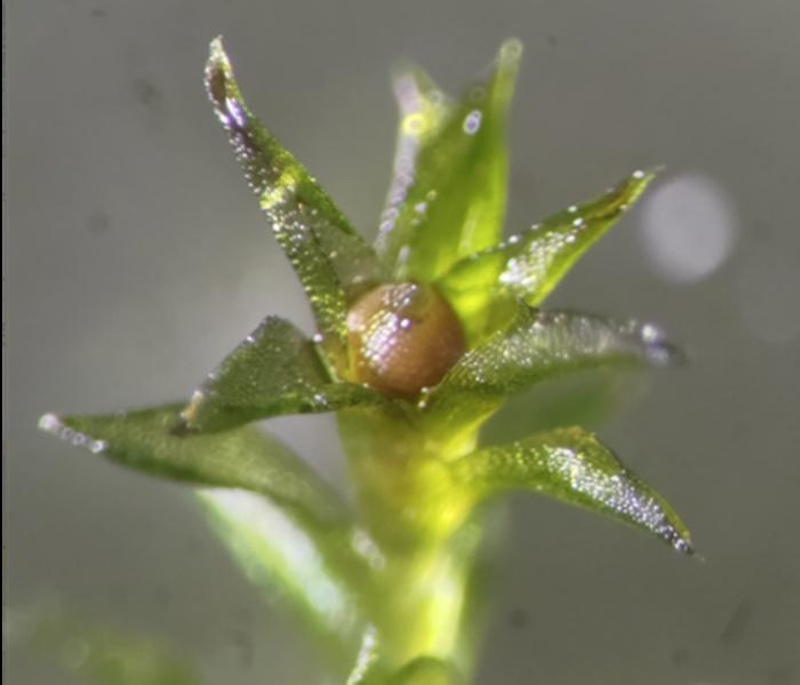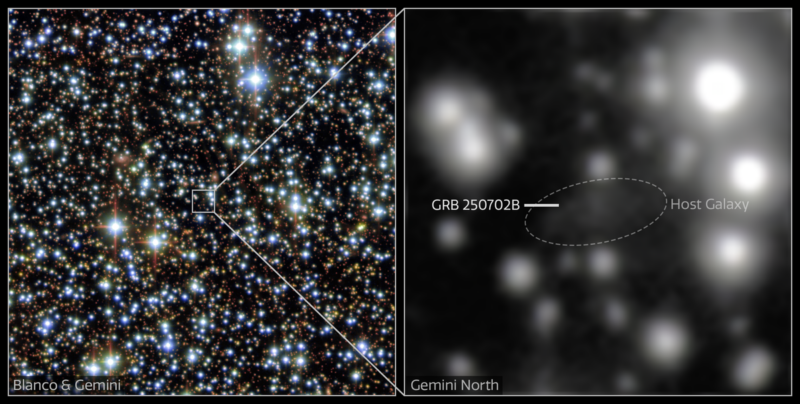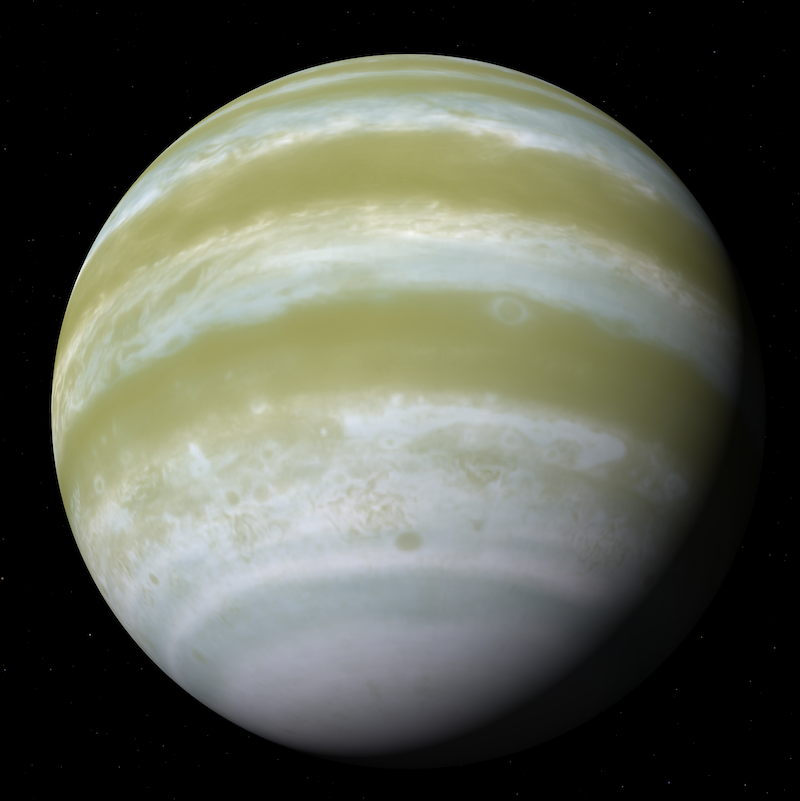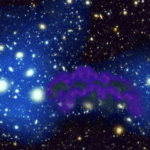Now Reading: Farewell, Gaia! Now check out this animation
-
01
Farewell, Gaia! Now check out this animation
Farewell, Gaia! Now check out this animation
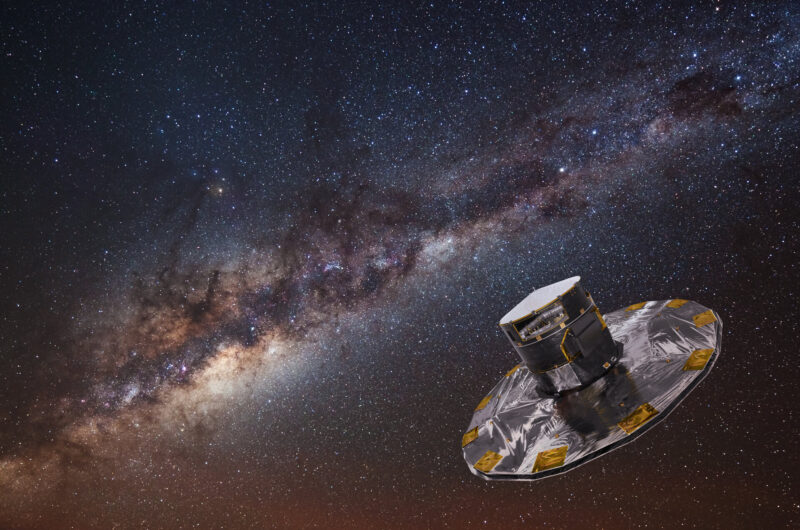
Best animation of our Milky Way galaxy
The European Space Agency’s Gaia spacecraft launched in 2013 and spent more than a decade measuring and mapping our home galaxy, the Milky Way. And ESA said last week (January 15, 2025) that Gaia has now ended its operations. It has taken its final measurements of our galaxy. So Gaia is no longer in a data-gathering mode. But loads of Gaia data remain to be analyzed, and scientists expect to find more mind-bending insights from Gaia about our galaxy and its immediate environment. For now, scientists have released a short animation giving a quick overview of a few of the new insights Gaia helped make possible. Gaia data was used to put together this animation of our galaxy. ESA said on January 15:
Gaia has changed our impression of the Milky Way. Even seemingly simple ideas about the nature of our galaxy’s central bar and the spiral arms have been overturned. Gaia has shown us that it has more than two spiral arms and that they are less prominent than we previously thought. In addition, Gaia has shown that its central bar is more inclined with respect to the sun.
No spacecraft can travel beyond our galaxy, so we can’t take a selfie, but Gaia is giving us the best insight yet of what our home galaxy looks like. Once all of Gaia’s observations collected over the past decade are made available in two upcoming data releases, we can expect an even sharper view of the Milky Way.
Enjoy the animation in the ESA video above.
Beloved spacecraft ends its operations
The goal of Gaia was to make a precise 3D map of the Milky Way. Over the past decade, it has tracked and measured the motions, luminosity, temperature and composition of nearly 2 billion objects.
Gaia’s mission was designed to last for five years. Like many space missions, it went longer. Gaia arrived in 2014 at Lagrange Point 2, or L2, in the Earth-sun system. Lagrangian points are places in a system where a craft can remain stable without using too much of its fuel for propulsion.
But, ESA said, Gaia did eventually run low on fuel. The cold gas propellant that keeps the mission working is nearly gone. While Gaia has now ceased taking measurements of our galaxy, the data releases from the project will continue for some years. Gaia’s first three data releases so far came in 2016, 2018 and 2022. The 4th data release should be ready in 2026. And the 5th and final data release covering all 10 1/2 years of data will be around the end of the decade. The massive amounts of data take a long time to process!
What will happen to Gaia next?
Gaia will not float around at the Lagrange Point 2 forever. Engineers have planned to remove Gaia from its current orbit. ESA said:
Gaia will be inserted into an orbit that makes sure it does not come too close to the Earth-moon system in the near future. The Gaia spacecraft will be fully passivated when it moves to its final orbit, to avoid any harm or interference with other spacecraft.
Around January 20, Gaia will undergo some testing, which will make it temporarily brighter in the sky. Normally, Gaia has been a very faint magnitude 21 as it orbits the sun out at Lagrange Point 2. But for a while it will brighten to magnitude 15. That’s still incredibly faint for the casual observer. You’d need quite a large telescope to track it down. But if that’s your kind of fun, here’s information on how to find it.

What has Gaia already shown us?
Astronomers have used the data from Gaia to make all sorts of new discoveries about our galaxy. Here are some highlights:
- Gaia spotted more than 350 asteroids with possible moons
- Gaia helped discover the most massive stellar black hole in the Milky Way, named Gaia BH3
- And Gaia created an atlas of Milky Way mergers with smaller galaxies
Also, Gaia has made discoveries outside the Milky Way, including spotting stars flying between galaxies and the discovery of an enormous ghost galaxy on the Milky Way’s outskirts.
Watch what Phil Plait had to say about Gaia during a recent livestream with Deborah Byrd.
Bottom line: ESA’s Gaia spacecraft has now ended its operations, after measuring some 2 billion Milky Way objects. A new animation shows some of the greatest new insights made possible by Gaia.
The post Farewell, Gaia! Now check out this animation first appeared on EarthSky.
Stay Informed With the Latest & Most Important News
Previous Post
Next Post
-
 012024 in Review: Highlights from NASA in Silicon Valley
012024 in Review: Highlights from NASA in Silicon Valley -
 02Panasonic Leica Summilux DG 15mm f/1.7 ASPH review
02Panasonic Leica Summilux DG 15mm f/1.7 ASPH review -
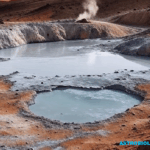 03From Polymerization-Enabled Folding and Assembly to Chemical Evolution: Key Processes for Emergence of Functional Polymers in the Origin of Life
03From Polymerization-Enabled Folding and Assembly to Chemical Evolution: Key Processes for Emergence of Functional Polymers in the Origin of Life -
 04How New NASA, India Earth Satellite NISAR Will See Earth
04How New NASA, India Earth Satellite NISAR Will See Earth -
 05And Thus Begins A New Year For Life On Earth
05And Thus Begins A New Year For Life On Earth -
 06Astronomy Activation Ambassadors: A New Era
06Astronomy Activation Ambassadors: A New Era -
07SpaceX launch surge helps set new global launch record in 2024












